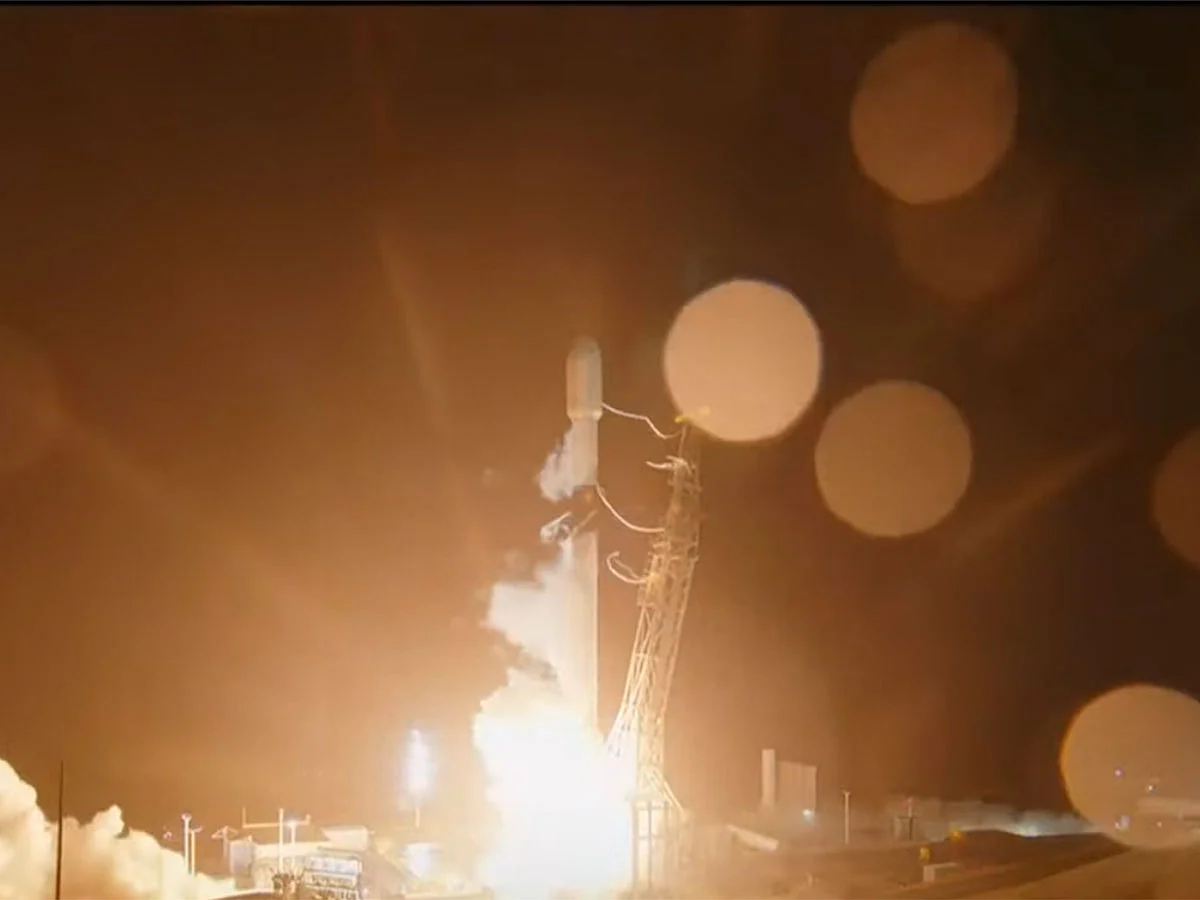UAE charts new frontiers in space with landmark 2025 achievements
With 6 satellites, a lunar rover mission and asteroid plans, 2025 has been a defining year

Abu Dhabi: The UAE’s space sector has reached remarkable milestones in 2025, cementing the country’s reputation as a global hub for advanced technology and knowledge-based industries. These achievements highlight the nation’s determination to expand international cooperation, boost its scientific contributions, and train a new generation of Emirati astronauts, engineers, and specialists.
UAE marks World Space Week
The developments coincide with the opening of World Space Week, observed annually from October 4 to 10. Declared by the United Nations, it is the world’s largest space event, celebrating the role of space science and technology in improving life on Earth.
This year’s theme, “Living in Space”, focuses on humanity’s progress towards making space a future habitat, showcasing innovations, challenges, and the collaborative efforts required to make it a reality.
Six satellites successfully launched
The UAE entered 2025 with a busy schedule of satellite launches. On January 4, Thuraya 4 lifted off, alongside Mohammed bin Zayed Sat, Al Ain Sat-1, HCT-SAT 1, and the second phase of the Foresight satellite constellation. Just two months later, on March 15, the UAE launched its first radar satellite, UnionSat, marking a new milestone in space technology.
Role in Gateway lunar station
In February, the Mohammed Bin Rashid Space Centre (MBRSC) signed a strategic agreement with Thales Alenia Space to design and operate the Pressure Equalisation Unit for NASA’s Gateway lunar space station.
The unit, weighing 10 tonnes and measuring 10 by 4 metres, will be operated by the UAE for at least 15 years, with the option to extend. This partnership secures the UAE a permanent role in the world’s largest lunar exploration programme and priority access to cutting-edge scientific data. It also places the country among the first set of nations expected to send astronauts to the Moon through the Gateway mission.
Rashid Rover 2 to explore far side of Moon
Another milestone came in May, when MBRSC partnered with US-based Firefly Aerospace to transport the Rashid 2 Rover to the Moon’s far side in 2026. The rover will fly on Firefly’s Blue Ghost lander, stacked on the Elytra Dark orbital vehicle, as part of the company’s second lunar mission.
The mission will also carry payloads from NASA, the European Space Agency (ESA), and Australia, placing the UAE in an exclusive group of nations exploring the Moon’s far side. The data collected will help develop future lunar infrastructure technologies and enhance global scientific knowledge.
Strengthening partnership with France’s CNES
Alongside this, MBRSC renewed its strategic collaboration with France’s CNES for Rashid Rover 2. Under the agreement, CNES will supply two cameras and a CASPEX module, proven in earlier missions, to deliver high-resolution lunar images.
The cooperation will also extend to image processing, ensuring the highest quality of data for scientific research and supporting the UAE’s ambitions to advance lunar exploration.
Building a future-ready workforce
At home, the UAE continued to invest in talent development. The National Space Academy, an initiative by the UAE Space Agency, launched the Space Mission and Satellite Engineering Programme (SMSE) in partnership with EDGE.
Delivered with EDGE subsidiaries FADA and BEACON RED, the programme trains Emirati professionals and graduates in mission design, space systems engineering, and satellite operations. It aims to produce the country’s next generation of satellite engineers, system architects, and mission leaders, ensuring the sustainability of the UAE’s space ambitions.
Mission to the Asteroid Belt
In April, the UAE Space Agency completed the final design phase of the Emirates Mission to the Asteroid Belt (EMA), the first Arab mission to study seven asteroids between Mars and Jupiter.
As part of the mission, the Technology Innovation Institute (TII) will develop the EMA Lander, which will ride aboard the MBR Explorer spacecraft to study asteroid Justitia. Half of the project’s work is allocated to UAE-based companies, encouraging economic growth, supporting local startups, and attracting international partnerships.
Hope Probe marks five years of success
In July, the UAE celebrated the fifth anniversary of the Hope Probe, the first Arab interplanetary mission. Launched in 2020 from Japan’s Tanegashima Space Centre, the probe continues to orbit Mars, transmitting valuable data on the planet’s atmosphere.
The information has been shared with universities and research centres worldwide, contributing to a better global understanding of Martian climate systems. Its continued success underscores the UAE’s growing role in international space science.
A decade of ambition
From launching satellites and leading lunar missions to training the workforce of tomorrow, the UAE’s achievements in 2025 reflect a decade of steady ambition. Each milestone adds to the country’s growing influence in the global space community, while inspiring a new generation of scientists, researchers, and innovators.
As the world looks to space for solutions and opportunities, the UAE has made clear it intends to be at the heart of that journey.
— With inputs from WAM
Sign up for the Daily Briefing
Get the latest news and updates straight to your inbox
Network Links
GN StoreDownload our app
© Al Nisr Publishing LLC 2025. All rights reserved.
